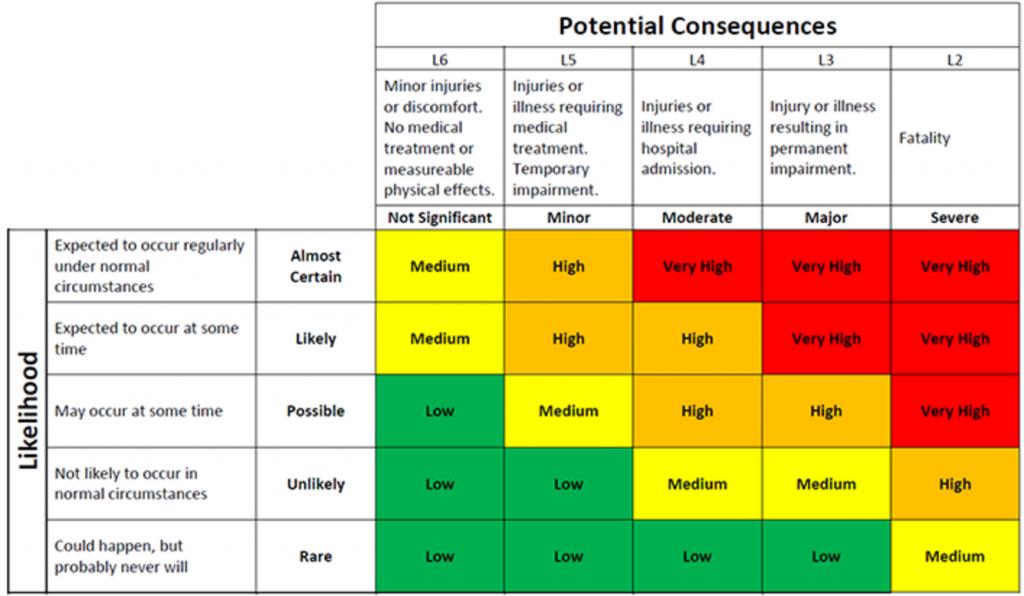When it comes to corporate aviation, operational risk assessments are a critical part of operations. By taking the time to carefully evaluate potential hazards and threats, flight department managers can develop mitigation strategies that help keep crews and passengers safe. In this blog post, we’ll take a closer look at what goes into making a risk assessment and discuss some of the factors that need to be considered. We’ll also provide some tips for conducting an effective risk assessment. So, whether you’re new to the world of corporate aviation or you’re looking for ways to improve your existing process, read on for insights into successfully managing risk.
What is an operational risk assessment?
An operational risk assessment (ORA) is a process that helps identify and evaluate potential hazards and threats to the safety of crews and passengers. It can be used to assess any type of aviation operation, from small charter flights to large-scale airline operations. The goal of an ORA is to identify and assess all potential risks, and then develop mitigation strategies to address those risks.
There is no single “right” way to conduct an ORA. However, there are some key factors that should be considered in any risk assessment process. Let’s take a closer look at some of these factors.
Factors to consider in a developing your operational risk assessment
One of the first things to consider in a risk assessment is the nature of the aviation operation. What type of aircraft is being used? What is the purpose of the flight? What is the weather forecast? Are there open maintenance items? Answers to these questions can help identify potential hazards and threats.
The crew and passengers
Another important factor to consider is the crew and passengers. What is the experience level of the pilots? What is the age of the passengers? Are any passengers pregnant or elderly? Answers to these questions can help identify potential risks that need to be addressed.
The environments contribution to risk
The environment can also present a number of risks to aviation operations. Are there any known hazards in the area, such as tall buildings or power lines? What is the wind speed and direction? Answers to these questions can help identify potential risks that need to be considered.
Operational mitigation strategies
Once the risks have been identified, it’s important to develop mitigation strategies to address them. Some common mitigation strategies include:
– Training and education – Crews need to be trained on how to recognize and respond to potential hazards.
– Procedures and checklists – Pilots and crew should be using standardized procedures and checklists to help reduce the risk of human error.
– Weather planning – Flight departments should have a plan for dealing with adverse weather conditions.
– Aircraft maintenance – Maintenance crews should be following standard procedures and using approved parts and tools.
– Risk communication – Flight department managers should be constantly communicating with crew and passengers about the risks associated with aviation operations.
By taking the time to carefully assess how crews identify potential hazards and threats, flight department managers can develop mitigation strategies that help keep crews and passengers safe.
Developing Your Departments Risk Mitigation Strategy
When developing a risk mitigation strategy for your department, it is important to keep the following in mind:
- The nature of your aviation operation, are you a Life Flight, or are you transporting executives for business travel
- The experience level of the crew, the new Captain flying as a single crew
- Time zones and circadian cycles
- Terrain such as mountainous areas
- International Travel
For example, one common mitigation strategy for weather-related risks is to have a plan for dealing with adverse weather conditions. This might include having an alternate airport or diversion plan or ensuring that the aircraft is equipped for bad weather operations.
When using a tool like the FLTDepartment.com ORA Development tool, you might consider having dynamic questions that change based on the changes to the plan of action.
Here is a quick article on Operational Risk Assessments by the Naval Academy. These are the people training Naval Aviators how to mitigate risk in aviation.
To read the rest of this article please subscribe to Corporate Aviation Blog

